Published in the Sunday Indian Express Magazine - Eye on 19 January 2025
Today, I wanted to take a moment to talk about Europe - a continent that’s as diverse as it is historic. So let me start with this question! Do you know how many countries are in Europe? Depending on your source, this number can vary. Some say Europe has 44 countries, while others argue it’s 50 or 51.
For clarity, I rely on the United Nations’ count, which lists 44 countries. But what about the higher numbers? They include territories and partially recognised states that fall into unique categories. For instance, Turkey, Kazakhstan, and Russia are transcontinental countries, spanning both Europe and Asia. Cyprus, though geographically part of Asia Minor, is culturally tied to Europe. The Faroe Islands, a self-governing territory of Denmark, lie between the Norwegian Sea and the North Atlantic Ocean. Greenland, though geographically part of North America, is an autonomous Danish territory. Kosovo, a partially recognised state in the Balkans, also contributes to this variation in numbers.
No matter the count, Europe’s incredible diversity remains its defining feature. So today, in this article, let’s embark on a journey through North, South, East, and West Europe, exploring their unique cultures, landscapes, and traditions.
The North
Northern Europe is a region defined by its stunning natural landscapes, minimalist culture, and a deep connection to its Viking past. Whether it’s the towering cliffs of Norway’s fjords, the soothing embrace of an Icelandic geothermal spring, or the cosy warmth of a Danish café. The North is a place where the rhythms of life flow harmoniously with the land, offering both breathtaking adventures and moments of profound tranquillity.
Imagine standing at the edge of Geirangerfjord in Norway, where cascading waterfalls tumble down sheer cliffs into pristine waters, and quaint fishing villages dot the shores like postcards come to life. Or picture yourself soaking in Iceland’s Blue Lagoon, surrounded by a surreal volcanic landscape that feels like another planet.
What truly stands out about Northern Europe is its way of life - a perfect balance between modern innovation and ancient traditions. Denmark’s concept of ‘Hygge’ is more than just cosiness; it is a philosophy that encourages finding joy in life’s simplest pleasures. Sitting by a fire with friends, sharing a hearty meal, or curling up with a book are all part of the hygge spirit.
In Sweden, the tradition of fika transforms an ordinary coffee break into an intentional pause to savour the moment. There’s something magical about sitting in a café with a warm cinnamon bun and a cup of coffee, watching life go by. And in Finland, the sauna isn’t just a way to relax - it is a cultural cornerstone. Saunas here are a space for connection, reflection, and rejuvenation, a practice deeply embedded in Finnish identity.
In the winter months, the Northern Lights - the aurora borealis - light up the skies of Finland, Norway, and Iceland in a display of colours so vivid, they seem otherworldly. And then there’s the midnight sun, which bathes the summer nights in golden light. In this endless daylight, time seems to stand still, allowing you to explore the untouched wilderness, hike mountain trails, or simply sit by a fjord, soaking in the beauty of it all.
Fun fact: Finland has more saunas than cars - over 2 million for a population of about 5.5 million! The World Sauna Endurance Championship, once held here, involved sitting in 110°C heat for as long as possible, though it’s no longer held due to its extreme nature.
The South
Southern Europe is a region of vibrant culture, stunning coastlines, and ancient history. From the azure waters of the Mediterranean to the rolling hills of Tuscany, the South radiates a warmth that’s reflected not just in its climate, but in its people, cuisine, and way of life. Countries like Italy, Spain, Greece, Portugal, and southern France form the heart of this sunny region, offering an irresistible mix of history, art, and culinary delights.
Imagine standing on a cliffside in Santorini, watching the sun dip into the Aegean Sea, and its light reflecting off whitewashed buildings. Or picture yourself wandering the streets of Positano on the Amalfi Coast, where pastel-coloured houses cascade down to meet the sparkling waters! In Spain’s Costa Brava, secluded beaches hide between rugged cliffs, while Portugal’s Algarve offers golden sands and dramatic limestone caves that feel like nature’s own cathedrals.
Meanwhile, the South of France exudes elegance with its vineyards and fields of lavender swaying gently in the Mediterranean breeze. Spain offers its own architectural wonders. The Alhambra in Granada, with its intricate Moorish designs, is a testament to centuries of cultural exchange. And in Barcelona, Gaudí’s surreal masterpiece, the Sagrada Família, feels like something straight out of a dream.
And then there’s the wine. Whether it’s Chianti in Italy, Rioja in Spain, or Vinho Verde in Portugal, every sip tells a story of the land it comes from. The South also knows how to toast to life, with Italy’s Aperol Spritz, Greece’s ouzo, and Portugal’s port wine offering unique tastes of the region’s traditions.
Fun fact: The island of Santorini owes its unique landscape to a massive volcanic eruption around 1600 BCE. This catastrophic event is often linked to the myth of Atlantis.
The East
Eastern Europe feels like a place where time stands still and yet tells stories of resilience, beauty, and enchantment. My two visits to this part of Europe have left me with a sense of awe - whether it’s the Gothic splendour of Prague, the jaw-dropping coastline of Croatia, or the historic determination of Warsaw.
Imagine standing on Charles Bridge in Prague, surrounded by statues that seem to whisper stories from centuries past, as the Vltava River flows beneath! Or picture yourself in the Carpathian Mountains, where the air is filled with the scent of pine, and every trail feels like a path into a fairy tale! In Budapest, the Danube River doesn’t just divide the city - it unites its two halves, the historic Buda and the lively Pest, in a harmony that reflects the spirit of this region.
Walking through Prague’s Old Town Square, I felt transported into a masterpiece of Gothic and Baroque artistry. Then there’s Bran Castle in Romania, where legends of Dracula intertwine with real history, adding an air of mystery to its towering presence.
Fun Fact: Warsaw’s Old Town, a UNESCO World Heritage Site, was lovingly reconstructed after being nearly destroyed in World War II. The meticulous effort to rebuild it brick by brick, using old photographs and paintings as references, stands as a powerful testament to the unbreakable spirit of its people.
The West
Every time I visit Western Europe, I am struck by how this region seems to tell a story at every turn. Picture yourself standing amidst the rolling vineyards of France’s Bordeaux region, a glass of wine in hand, watching the sunset paint the sky! Or perhaps you are wandering along the enchanting canals of Amsterdam, where every bridge and building feels straight out of a storybook!
In Germany’s Black Forest or the Rhine Valley, you can almost hear the whispers of fairytales as you pass by its castles. And then there is Cornwall in England, where the rugged cliffs and coastal paths leave you in awe of nature’s artistry, while the alpine views of Switzerland inspire a sense of wonder that stays with you long after you leave.
Strolling through Paris, it’s impossible not to feel the romance of the Eiffel Tower glowing at night or the artistic legacy of the Louvre. In London, walking past Buckingham Palace or Big Ben reminds you of the timeless elegance of royal tradition. And in Brussels, standing in the Grand Place, you are surrounded by architecture that feels like a testament to centuries of craft and ambition.
But what really makes the West special isn’t just its famous landmarks - it’s the culture that brings them to life. France, with its artistic brilliance, has given us Monet and Victor Hugo. The Netherlands, home to Van Gogh and Rembrandt, inspires you to see beauty in even the simplest moments. Germany’s classical music legacy, with Beethoven and Bach, creates a soundtrack that is as enduring as the region’s traditions. And then there are the festivals - Belgium’s Tomorrowland, Germany’s Oktoberfest, or London’s Trooping the Colour - celebrations that make you feel like you are part of something bigger than yourself.
Fun Fact: ‘Big Ben’ doesn’t refer to London’s iconic clock tower - it is actually the name of the massive bell inside. The tower itself is called ‘Elizabeth Tower’.
Europe, to me, is so much more than just a collection of countries - it’s a land of experiences that spark curiosity and leave unforgettable memories. When it comes to setting travel goals, I believe in pushing boundaries and seeking experiences that really celebrate life.
Trekking Norway’s dramatic fjords and raising a toast to life at the summit is a moment that stays with you forever. Learning to handcraft authentic pasta in an Italian kitchen or gliding down the Danube River, with castles whispering their histories along the way, is pure magic.
Capturing the iconic sunset in Santorini, exploring avant-garde galleries in Berlin, or wandering through the lavender fields of Provence - these are the moments that make Europe unforgettable for me. So, let’s together, dream big, and let Europe surprise all of us as it has surprised me time and time again. The continent is waiting, and with it, the stories of a lifetime.






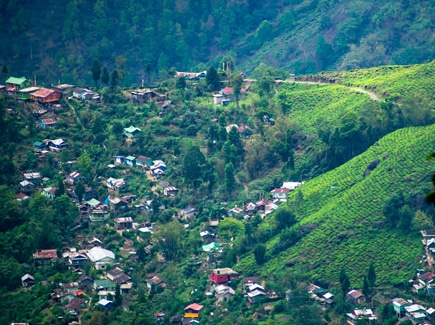
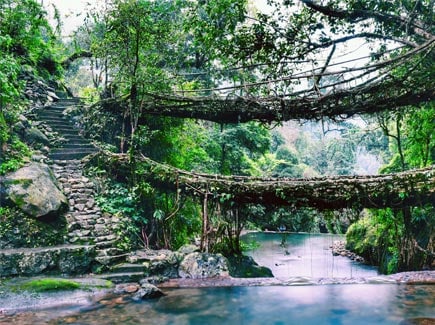
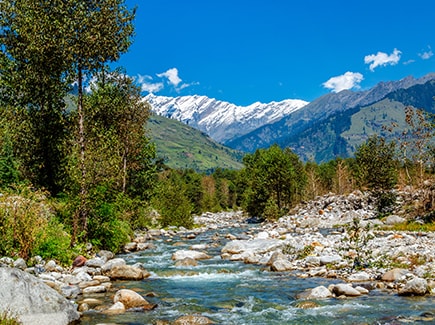
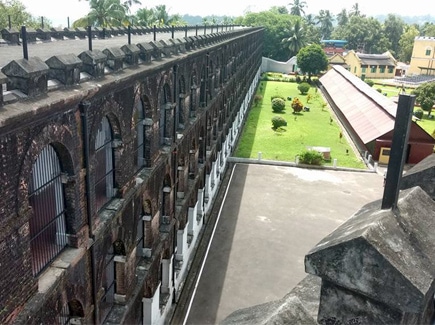
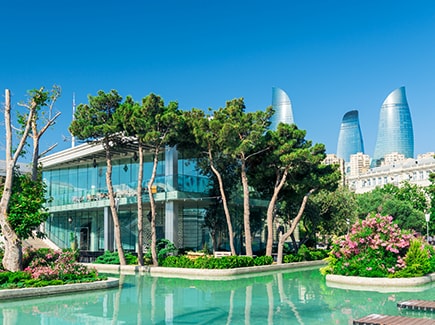
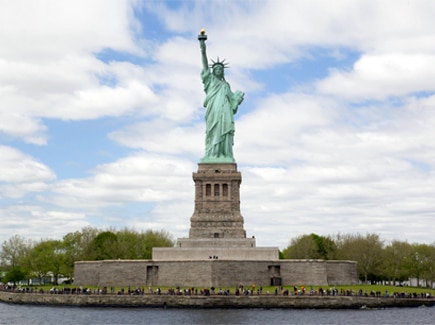
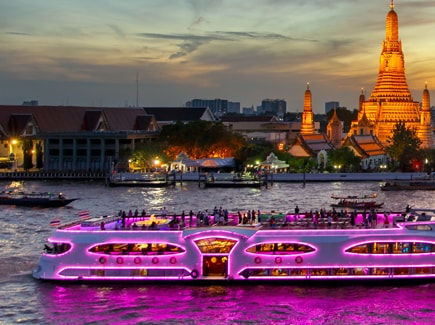
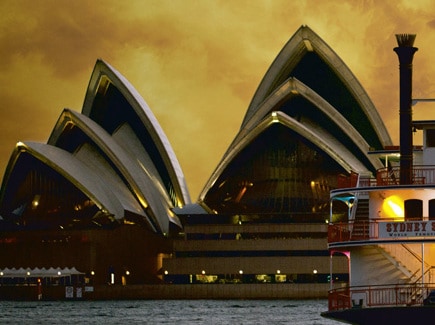

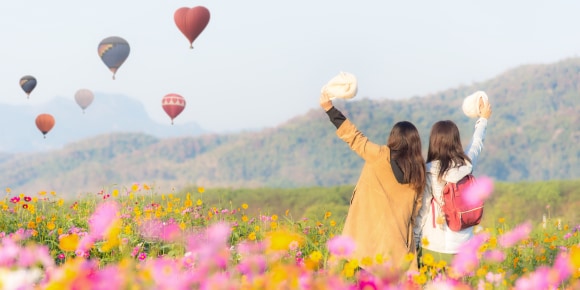
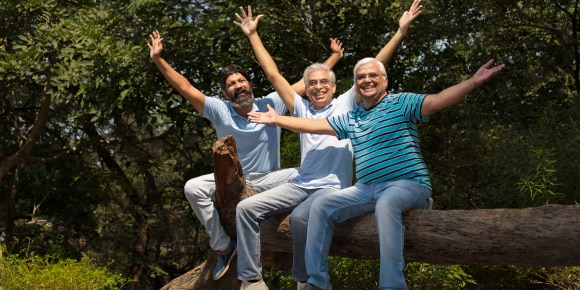

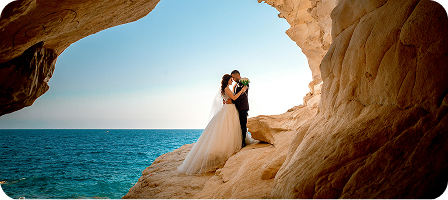









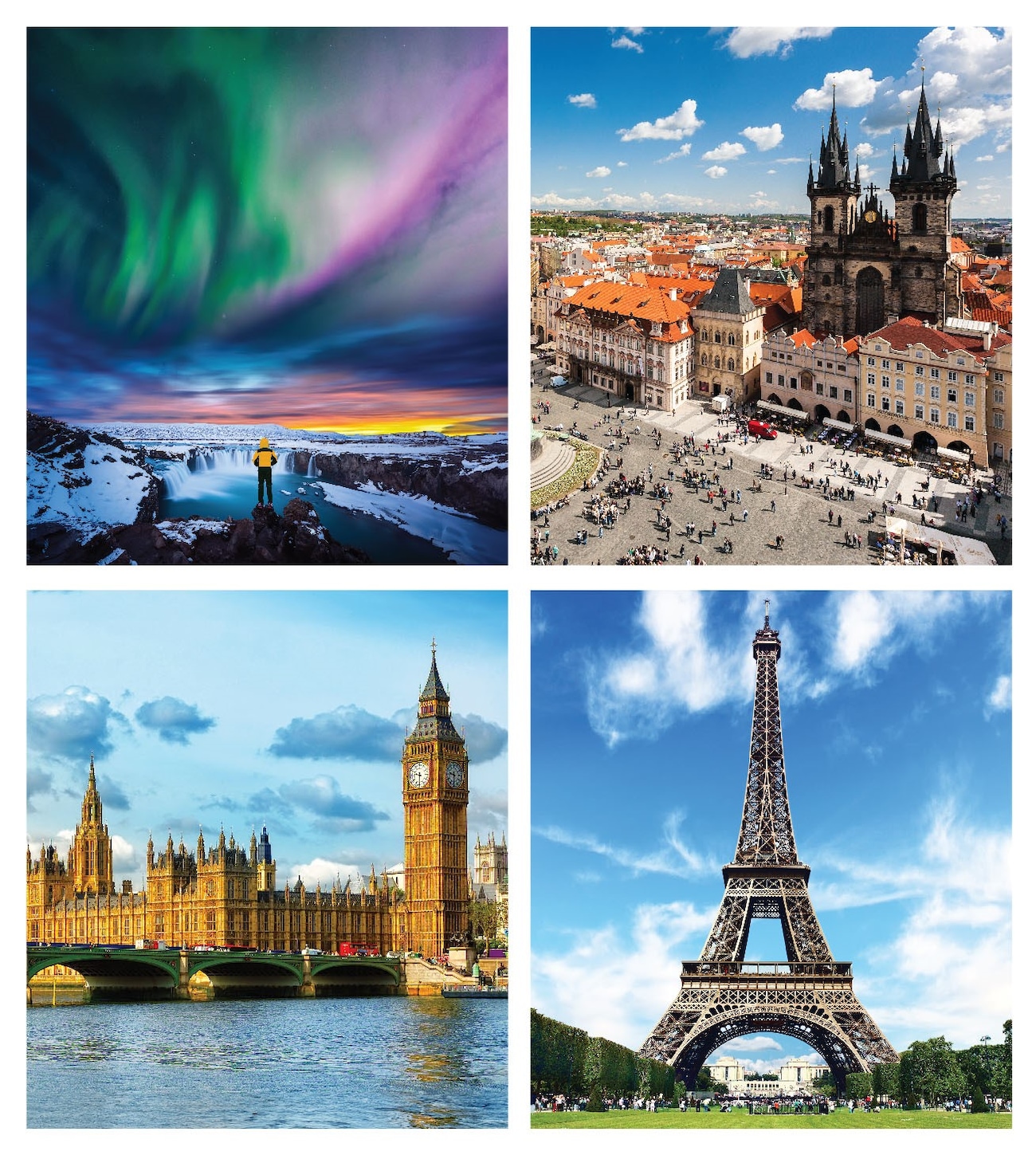





























Post your Comment
Please let us know your thoughts on this story by leaving a comment.